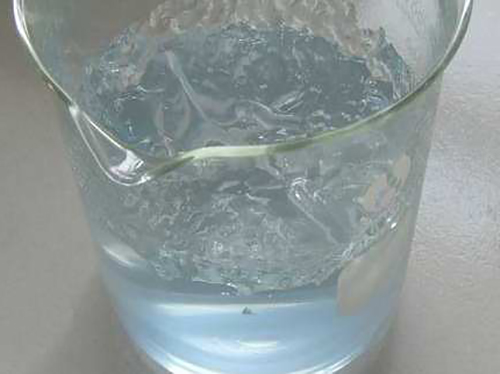water coagulation and flocculation
Water Coagulation and Flocculation Essential Processes for Clean Water
Water quality is paramount in ensuring public health and environmental sustainability. As populations grow and industrial activities expand, the demand for clean water is skyrocketing. To meet this challenge, water treatment processes have evolved, with coagulation and flocculation standing out as critical steps in purifying water sources. This article delves into the significance, mechanisms, and implications of these processes.
Understanding Coagulation
Coagulation is a chemical process used to destabilize colloidal particles suspended in water. These particles, which include sediments, microorganisms, and organic matter, often carry a negative charge that causes them to repel one another. To overcome this, coagulants — typically metallic salts like aluminum sulfate (alum) or ferric chloride — are added to the water. These coagulants neutralize the charge on the particles, allowing them to come together and form larger aggregates.
The process of coagulation is influenced by various factors, including pH, temperature, and the specific characteristics of the incoming water. Optimal pH levels are crucial, as they directly affect the solubility of coagulants and the stability of the particles. Effective coagulation results in a rapid reduction of turbidity, leading to clearer water.
Flocculation The Next Step
Following coagulation, flocculation enhances the formation of larger particle aggregates, or flocs, by gently mixing the water. This process involves slow and controlled agitation, allowing the destabilized particles to collide and adhere to one another. Flocculation typically occurs in a designated tank known as a flocculation basin.
The gentle mixing action induces the particles to form an organized structure, leading to the creation of larger flocs that can be easily removed from the water through sedimentation or filtration. Proper flocculation is essential for maximizing the efficiency of subsequent treatment processes, significantly reducing the load on filtration systems.
water coagulation and flocculation

The Importance of Coagulation and Flocculation
Coagulation and flocculation are vital for various reasons. First and foremost, they drastically improve the physical and chemical quality of water. By removing suspended solids and microorganisms, these processes help in diminishing the potential for waterborne diseases, thus safeguarding public health. Additionally, they reduce the need for more expensive secondary treatments or advanced filtration techniques.
Economically, these processes are cost-effective solutions for water treatment plants. By enhancing the efficiency of water purification, operators can treat larger volumes of water with lower energy and chemical costs. Moreover, effective coagulation and flocculation can help meet regulatory standards for drinking water quality, preventing pollution and environmental degradation.
Challenges and Innovations
Despite their effectiveness, coagulation and flocculation are not without challenges. The selection of appropriate coagulants and optimal operational parameters can vary significantly depending on the water source. Furthermore, the disposal of sludge generated during the treatment process poses environmental concerns.
In response to these challenges, research is ongoing to develop more sustainable practices. Innovations include using biodegradable coagulants derived from natural sources, such as plant extracts, and exploring electrocoagulation methods, which utilize electric currents to enhance the coagulation process.
Conclusion
In conclusion, coagulation and flocculation are indispensable processes in the quest for clean and safe water. By effectively removing suspended particles and ensuring the efficiency of water treatment systems, these methods play a crucial role in public health and environmental protection. As the world faces increasing water scarcity and pollution challenges, continued research and development in coagulation and flocculation techniques will remain essential to ensuring a sustainable water future.
-
Water Treatment with Flocculant Water TreatmentNewsJun.12,2025
-
Polymaleic AnhydrideNewsJun.12,2025
-
Polyaspartic AcidNewsJun.12,2025
-
Enhance Industrial Processes with IsothiazolinonesNewsJun.12,2025
-
Enhance Industrial Processes with PBTCA SolutionsNewsJun.12,2025
-
Dodecyldimethylbenzylammonium Chloride SolutionsNewsJun.12,2025





